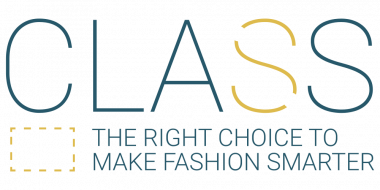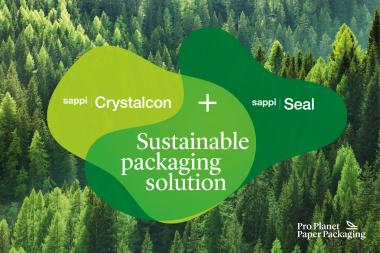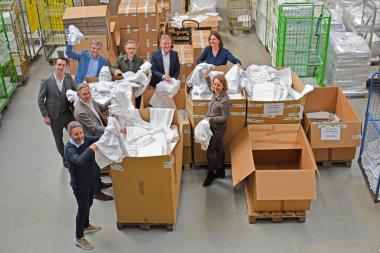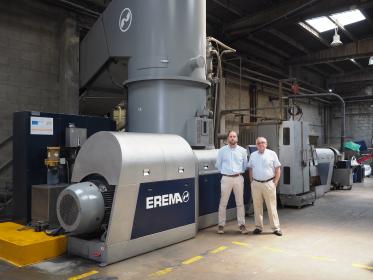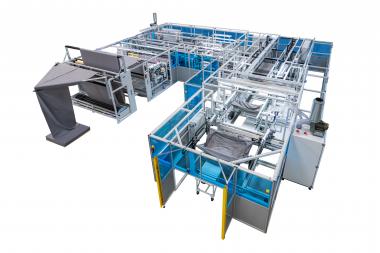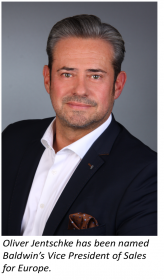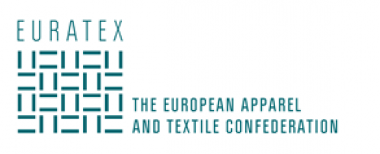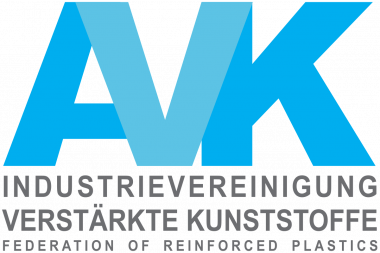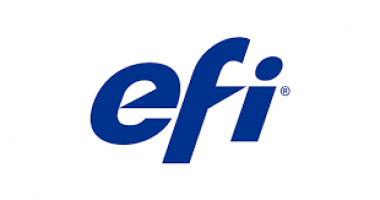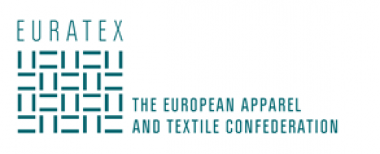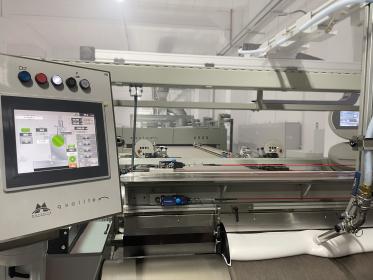Esprit Announces Annual Results for FY2021
- Revenue Increases to HK$8,316 Million with Net Profit After Tax Surging Significantly
- Recording a Turnaround to HK$381 Million
- Re-Establishes ESPRIT’s Market Leadership
ESPRIT HOLDINGS LIMITED has announced its audited financial annual results for the year ended 31 December 2021, highlighted by a significant increase in both revenue and profit attributable to shareholders of the Company to HK$8,316 million and HK$381 million respectively, in which the profit attributable to shareholders of the Company also recorded a turnaround versus the loss attributable to shareholders of the Company of HK$414 million for the six months ended 31 December 2020. Gross profit margin was 48.6%, 7.0% higher than the Corresponding Period. Please refer to the Company’s results announcement for the Current Year for further details.
Such financial improvement was attributable to various reasons, including (i) the new infrastructure and strategies instituted by the current management team; (ii) improvement in sales with higher gross profit margin; (iii) positive results of efficient cost control measures; (iv) improved inventory management; and (v) growth in E-commerce.
Although revenue in the Current Year was affected by lockdowns in the Company’s major European markets during the first quarter of 2021, and due to increased restrictions on entry requirements into stores during the fourth quarter of 2021, the Group generated revenue via three main channels: E-commerce, wholesale, and owned retail stores. As the ESPRIT brand website and third-party E-commerce partners continued to trade during lockdown, a large portion of the Group’s sales were generated online. This business model allowed it to mitigate some of the negative impacts of the Pandemic in the retail segment. Another driver of growth came from selling fewer discounted products from the Company’s retail business compared to 2020.
The Group has not forgotten the ESPRIT mission and long-standing commitment to sustainability. The Company has continued to work tirelessly towards developing cutting-edge materials that set new standards in terms of environmental sustainability. The Company has formulated and further advanced its ESG strategies to establish ESPRIT as an industry pioneer. Such strategies involve the greater use of sustainable fibers, developing new and innovative product options that support a circular economy, and ensuring environmental awareness is a key message that underpins all of the Group’s projects. To achieve these objectives, the Management has identified four key pillars of growth (Sourcing and Procurement; Marketing and Product; IT, Internet, and E-commerce; and The ESPRIT Brand Story) that are paramount in maintaining the loyalty of existing ESPRIT patrons and attracting new customers.
Looking ahead, the global economy is anticipated to be negatively affected by the lingering effects of the coronavirus pandemic and the conflict in Ukraine. The already unstable logistics industry and disrupted supply chain will likely be further impacted, which in turn will result in higher logistic service costs. Despite the unfavorable global economic outlook, the Group believes that under the leadership of its current management and with the support of dedicated staff members, the Company is on track to ongoing profit growth.
FleishmanHillard







